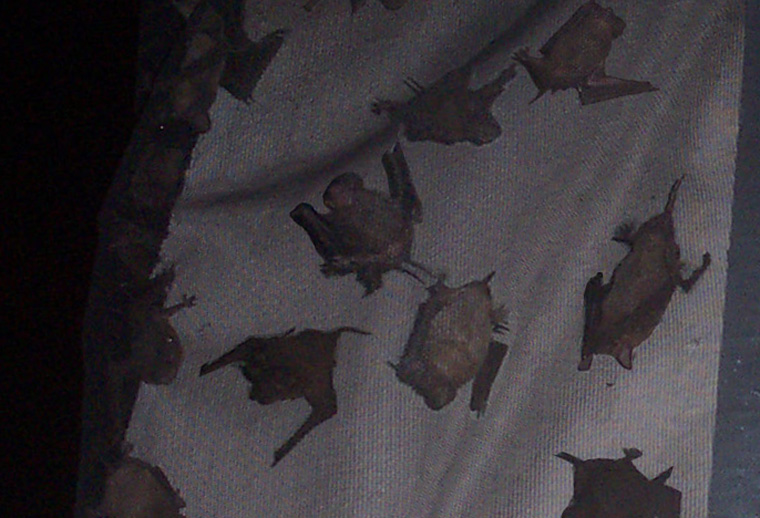- info@wildlife-removal.com
Call us for help in your town
Wildlife Removal Education
Where would a colony of bats live in the wild?
Need bat removal in your hometown? We service over 500 USA locations! Click here to hire us in your town and check prices - updated for year 2020.
Although there are not that many wild spots left for bats to inhabit, there are still a few choice places that become prime targets. We all know that bats like to live in caves, because horror movies and other media forms have depicted as such over the years, but only a few bat species would actually make a conscious choice to live in a cave. There are actually many more places out there to roost in than you first may have thought. Sadly, we are cutting these places down bit by bit, a little bit more each day. That's what forces these small, flying mammals to encroach further into human areas. It's also causing bats to become much more accustomed and comfortable living alongside humans, which isn't always a good thing.

Large bridges will have spaces beneath them in which a colony of bats could happily live, although a busy bridge might put the animals off a little. They don't like a lot of noise or light, and they certainly don't like to be disturbed during the day. This is when they sleep, nocturnal beings that feed and socialize at night only. (A daytime-active bat could be a sign of a rabid bat — infected with the rabies virus.)
Tree hollows and underneath large piles of rocks of other natural debris are also great hiding places for bats to roost in, although the spaces do need to be large and high enough to make sure none of the bats fall prey to predators. When you're a bat, predators can come from both above you in the sky and below you on the ground, meaning that you need lots of protection. That's what makes caves such a great location, and also human-habited spots, such as attics.
Bats do not make spaces to roost in. They find a space and then utilize it as best as they can, so any damp, quiet, and dark crevices or parts of a building would make a great home for bats, and also puts unused barns, abandoned buildings, and even your own home or business at risk.
Go back to the Bat Removal page, or learn about bats in the attic with my Bats in the Attic guide.


















